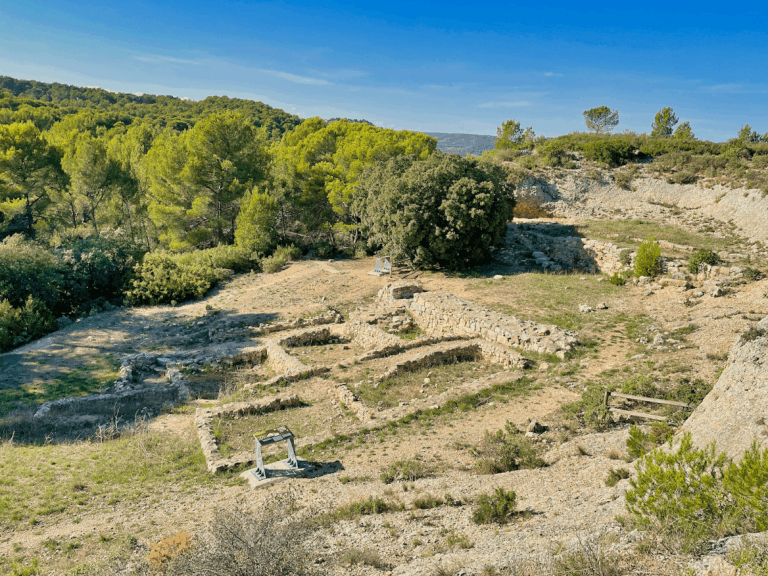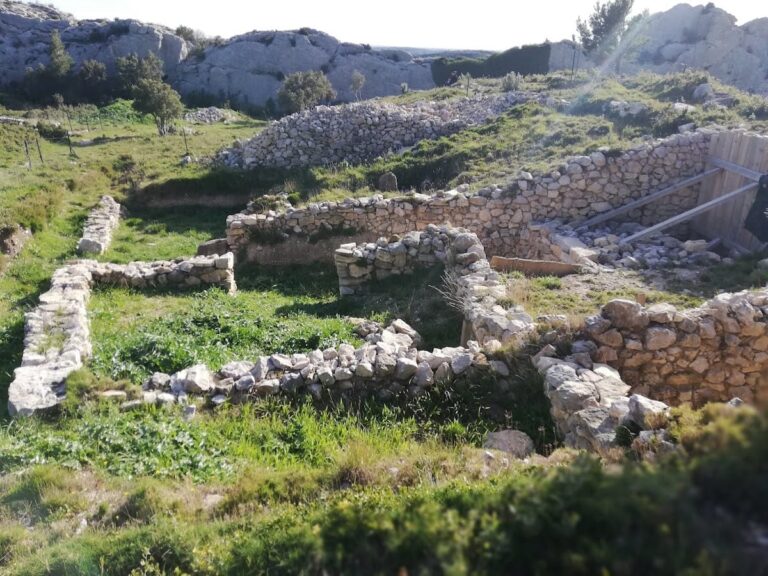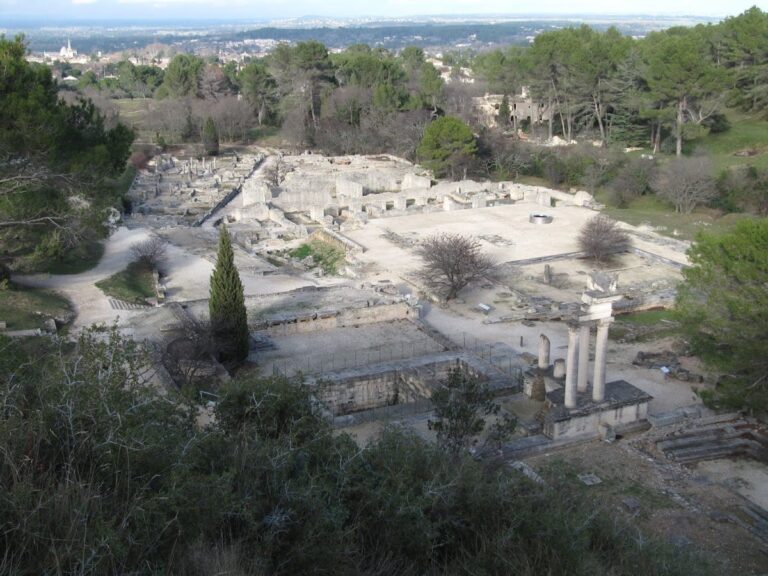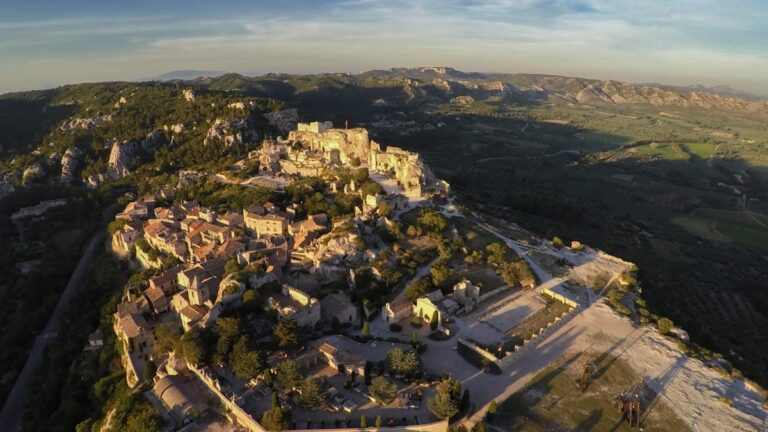Castle of Emperi: A Medieval Fortress in Salon-de-Provence, France
Visitor Information
Google Rating: 4.4
Popularity: Medium
Google Maps: View on Google Maps
Official Website: www.salondeprovence.fr
Country: France
Civilization: Medieval European
Remains: Military
History
The Castle of Emperi stands on Mont du Puech in the town of Salon-de-Provence, France. This fortress was originally constructed in the 9th century during the early medieval period by local powers seeking strategic control over the Crau plain below.
Initially, the castle served as the residence of the archbishops of Arles, an important ecclesiastical authority in the region. Over time, it also became associated with the Holy Roman emperors, which is reflected in its name “Empéri,” derived from the Provençal word for “Empire.” This connection underscores its dual religious and imperial significance during the medieval era.
In 1481, following the political integration of Provence into the Kingdom of France, control of the fortress passed to the French crown. Subsequent centuries saw the castle adapted and enhanced, particularly in the 15th and 16th centuries, when it underwent significant embellishments to reflect its evolving role and the tastes of its occupants.
After the upheaval of the French Revolution, the castle’s function shifted dramatically. It was repurposed to serve as a jail and later as military barracks, reflecting changing social and governmental uses. Despite these changes, the structure remained a center of local authority and power.
The castle also hosted notable figures from French history. Monarchs such as Francis I and Louis XIV stayed within its walls. Catherine de’ Medici, who consulted the famous seer Nostradamus here, is among the distinguished visitors linked to the site. This connection to Nostradamus is further underscored by the nearby medicinal garden cultivated with plants he is known to have used.
In the early 20th century, the castle suffered light damage during the 1909 earthquake. Restoration efforts commenced in 1926 under the supervision of the Monuments Historiques, a French agency dedicated to preserving national heritage. Since 1956, the Castle of Emperi has been officially recognized as a French historical monument, affirming its cultural and historical importance.
Remains
The Castle of Emperi is a fortified complex constructed directly on the rocky outcrop known as the Puech. Its ramparts are cleverly integrated into the natural stone, providing a sturdy defense aligned with the terrain. This melding of architecture and geology is a defining characteristic of the site’s layout.
Central to the fortress is the donjon, or keep, which served as the strongest and most secure part of the castle, typical of medieval military architecture. The structure also contains several substantial interior rooms accessed through fortified entrance gates designed for protection and control.
Inside, visitors can find large fireplaces indicative of the castle’s residential use, especially during its more prosperous periods. Some rooms are adorned with trompe-l’œil paintings, a decorative technique that creates realistic optical illusions, reflecting the artistic tastes during the castle’s embellishment phases in the late medieval and early Renaissance periods.
The castle is situated adjacent to the Place des Centuries, an open public space that connects it visually and physically to the Church of Saint-Michel and the historic center of Salon-de-Provence, highlighting its integration into the urban fabric.
Following the 1909 earthquake, the castle underwent restoration to repair damages while preserving as much of the original fabric as possible. Today, the fortress is in good condition thanks to these conservation efforts.
Within the courtyard known as Cour Brunon, cultural and artistic activities are hosted, benefiting from the space’s historical ambiance.
The castle contains a museum presenting detailed representations of military uniforms and equipment spanning from the Napoleonic Wars through World War I. Among the exhibits is a replica of Napoleon I’s bed used during his exile on Saint Helena.
Outstanding artifacts housed here include items with direct historical provenance, such as Napoleon’s gloves from his Egyptian campaign, uniforms and batons belonging to French marshals, and the saber of Abdel Kader, an Algerian resistance leader. These pieces illustrate the castle’s role as a custodian of military history.
At the base of the fortress lies the Jardin des Simples, a garden cultivated with medicinal plants once used by Nostradamus. This botanical feature connects the site’s history of both power and esotericism, rooting it firmly in regional cultural traditions.







